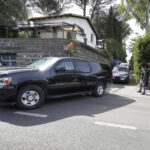Much of Asia has largely managed to keep omicron under control, but new cases are mounting experts say, and given omicron’s high rate of infection, a major surge is coming according to experts. Strict quarantine rules for arrivals and widespread mask wearing have helped slow the spread of the highly contagious variant. As reported by the AP:
Experts say the next few months will be critical, for omicron, fears have been amplified by doubts about the effectiveness of the Chinese-made vaccines
TAIPEI, Taiwan (AP) — Much of Asia has largely managed to keep omicron at bay even as the variant rages in other parts of the world, but the region that is home to most of the globe’s population is bracing for what may be an inevitable surge.
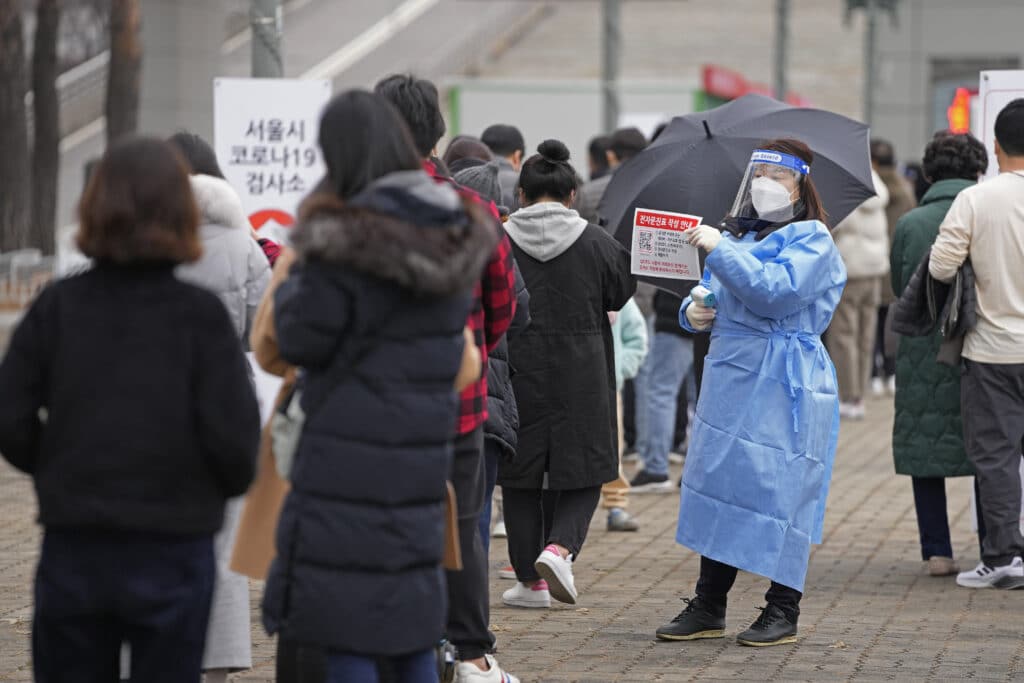
Strict quarantine rules for arrivals and widespread mask wearing have helped slow the spread of the highly contagious variant in Asia. Countries such as Japan, South Korea and Thailand quickly reinstated entry and quarantine restrictions in recent weeks after relaxing them in the fall.
But cases are mounting, and experts say the next few months will be critical. Those fears have been amplified by doubts about the effectiveness of the Chinese-made vaccines used in China and much of the developing world.
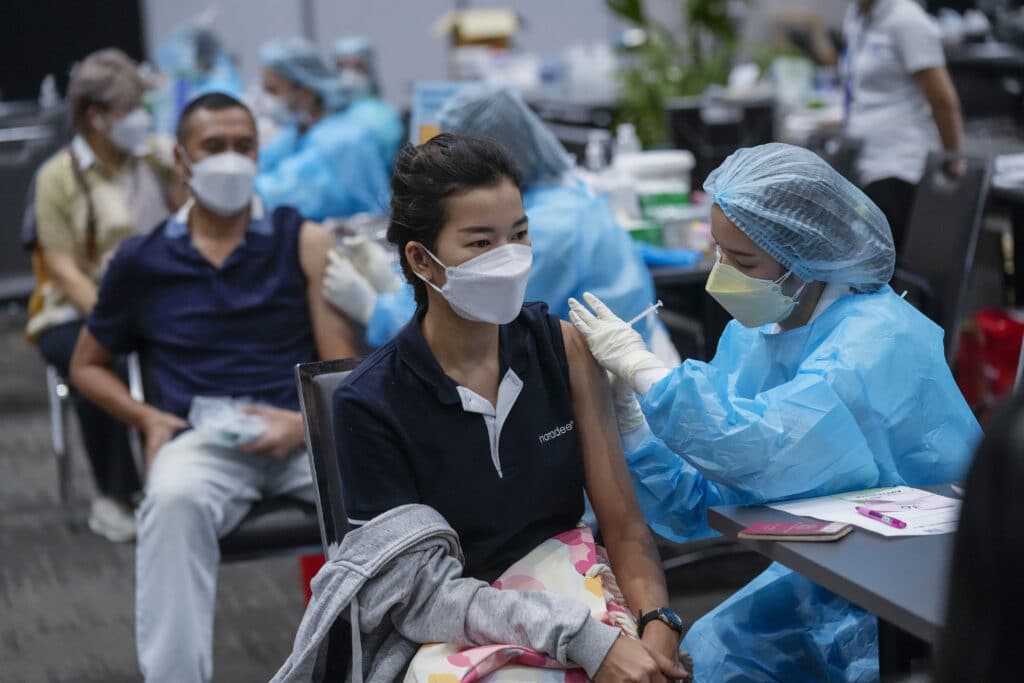
“Once the pace picks up, its upsurge in Asia would be extremely fast,” said Dr. Shigeru Omi, a top medical adviser to Japan’s government.
In India, which has been getting back to normal after a devastating COVID-19 outbreak earlier this year, omicron is once again raising fears, with more than 700 cases reported in the country of nearly 1.4 billion people.
The capital, New Delhi, banned large gatherings for Christmas and New Year’s, and many other states have announced new restrictions, including curfews and vaccination requirements at stores and restaurants.
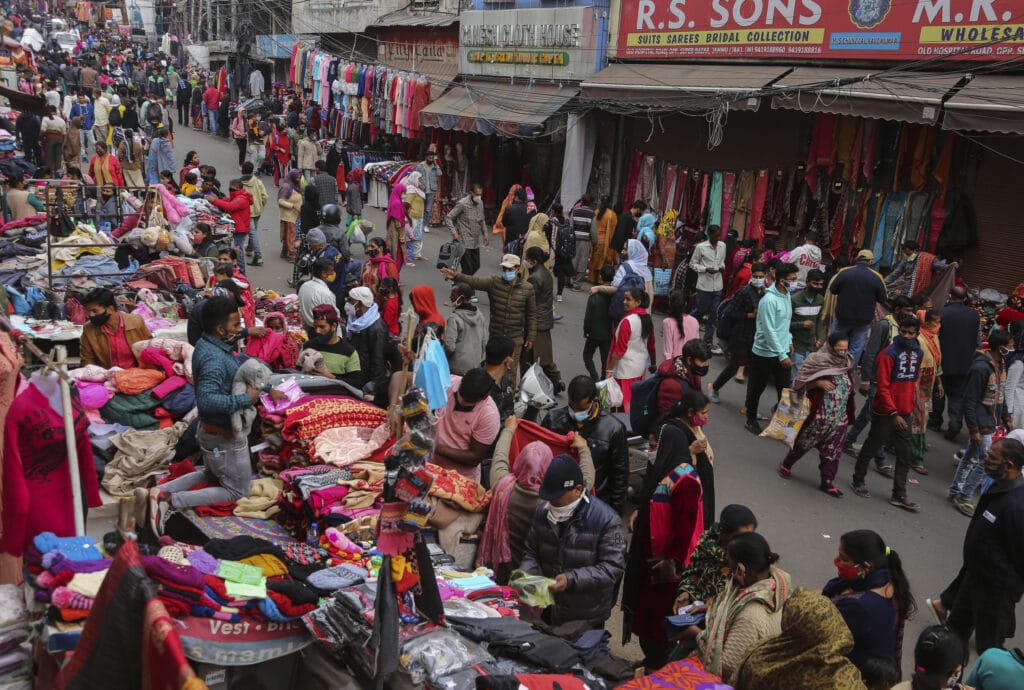
At the crowded Chandni Chowk market in New Delhi, many people were shopping without masks this week. Cycle rickshaw driver Mahesh Kumar said he is afraid of passengers who don’t wear masks.
“There are many people who don’t believe in this disease. They think it doesn’t exist. But I am very scared. I have children and a family,” he said. “If something happens to me, who will take care of them?
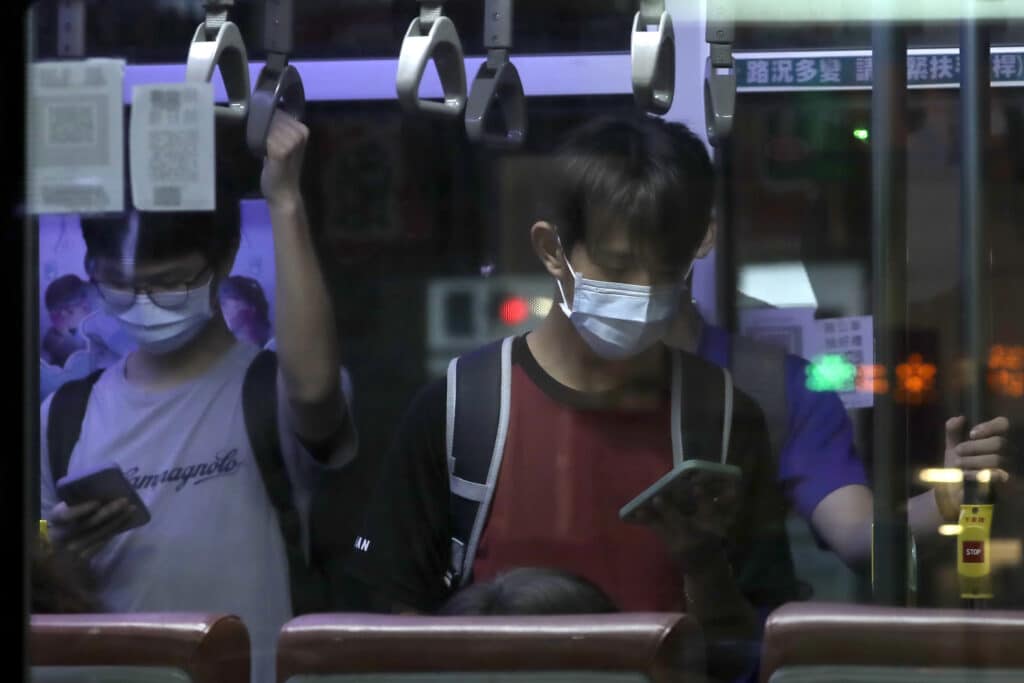
Australia is already dealing with multiple COVID-19 surges, with a state leader saying Wednesday that “omicron is moving too quickly.” Elsewhere, Thailand has topped 700 cases, South Korea has more than 500 and Japan, over 300. China, which has some of the strictest virus controls in the world, has reported at least eight.
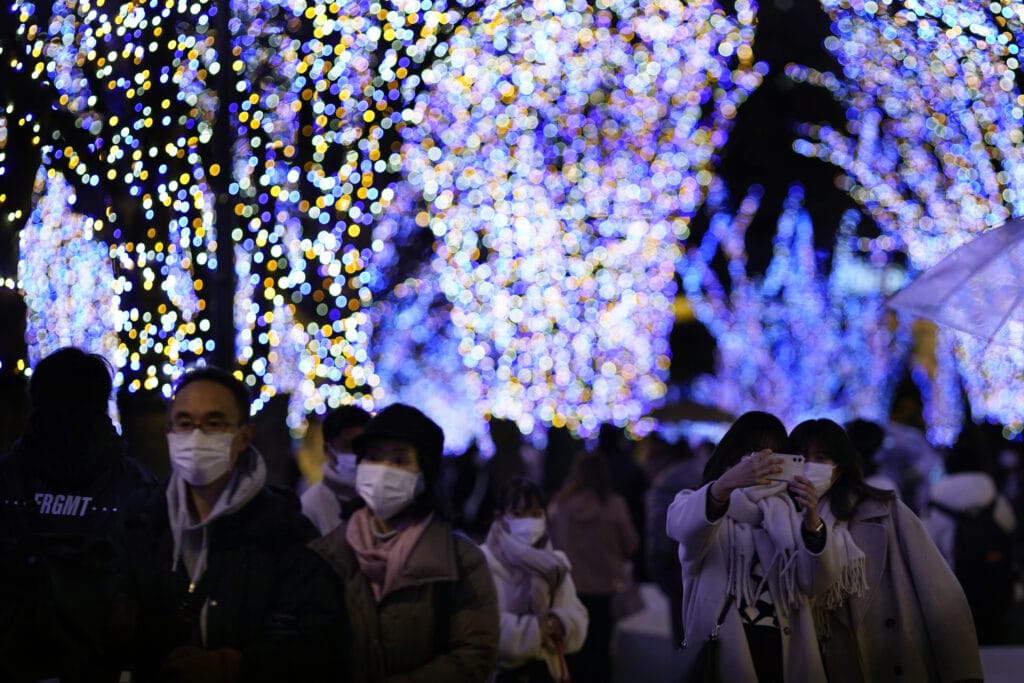
Only four cases have been reported in the Philippines, where people flocked to shopping malls ahead of Christmas and to Mass in the biggest Roman Catholic nation in Asia. Some hospitals have even begun dismantling COVID-19 wards in a move experts say could prove to be premature.
Japan managed to delay the spread of the new variant for about a month largely thanks to its reimposition of entry restrictions, mandatory COVID-19 tests for all arrivals and the isolation of all passengers on a flight if anyone tested positive for omicron.
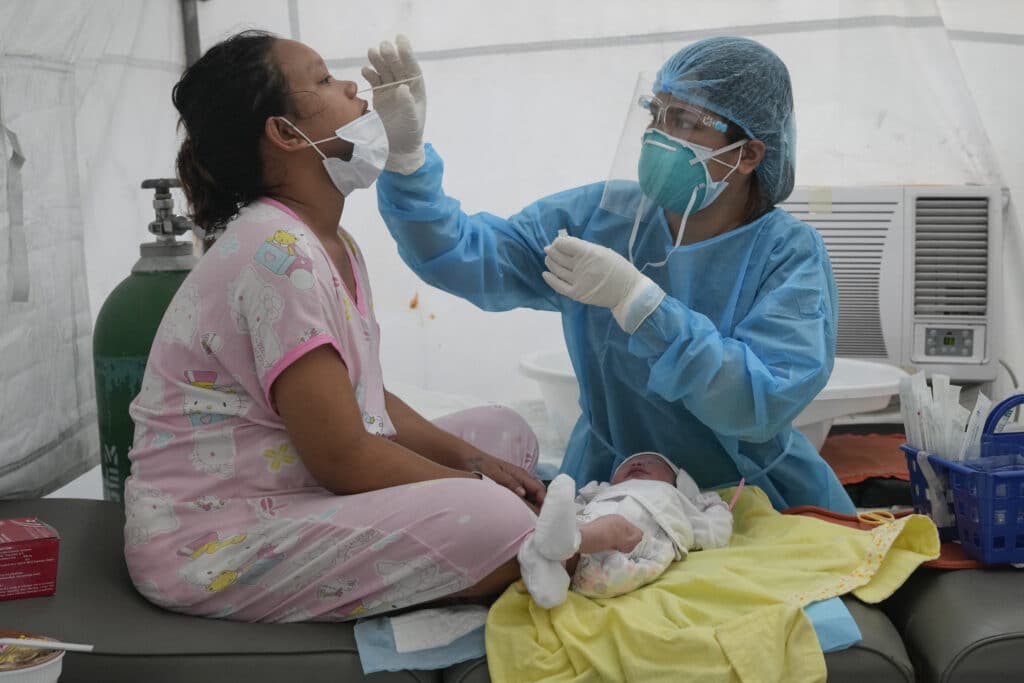
But the barrier was broken last week when the first locally transmitted cases were confirmed in the neighboring cities of Osaka and Kyoto. Experts are urging the government to prepare for an imminent wave of infections by increasing testing, speeding up booster shots and preparing more beds at hospitals.
“We want to believe the omicron cases could be mild, but its fast-paced infections could quickly multiply the number of patients and could still overwhelm hospitals,” Omi said.
Taiwan, where wearing a face mask is near universal in major cities, has started to offer booster shots of the Moderna vaccine and is urging people get a third shot before an expected influx of people returning home for Lunar New Year at the end of January.
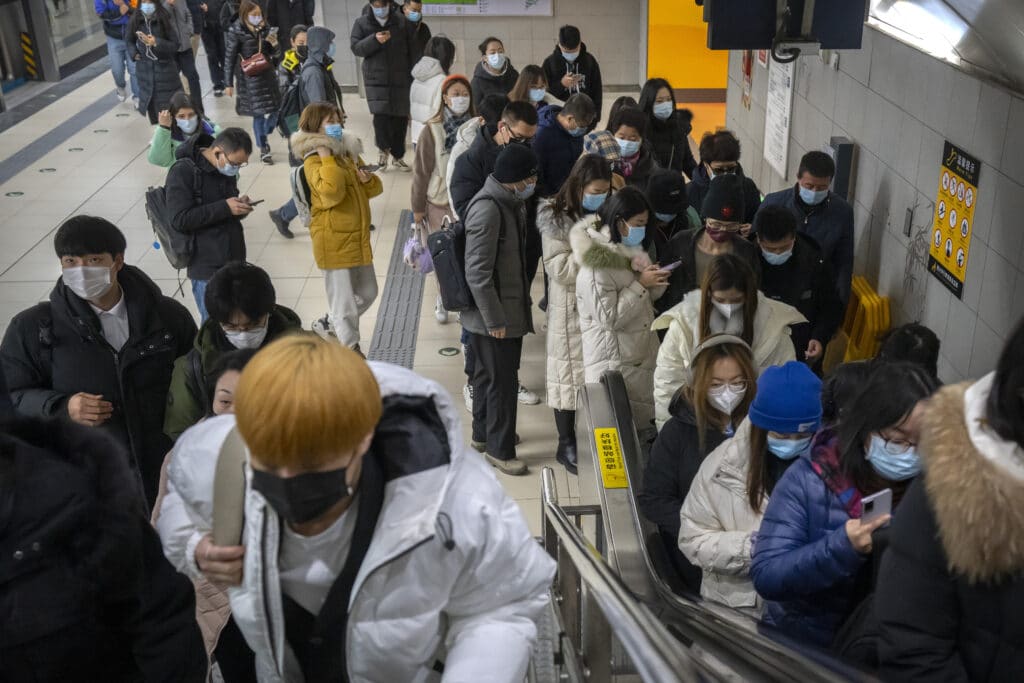
Preliminary research has shown that booster shots of the Pfizer, AstraZeneca and Moderna vaccines offer continued, though diminished, protection against omicron.
However, a Hong Kong University study that has yet to be published found that China’s widely used Sinovac vaccine does not generate enough antibodies to protect against omicron, even with a booster shot, according to a university news release. Hong Kong offers both the Sinovac and Pfizer vaccines.
Sinovac did not respond to a request for comment. Chinese officials have said their vaccines are still effective.
“Our inactivated vaccines are still rather reliable and cover a range of antigens. Therefore, they won’t be completely ineffective against omicron,” Zhong Nanshan, a top government doctor, said at a public forum.
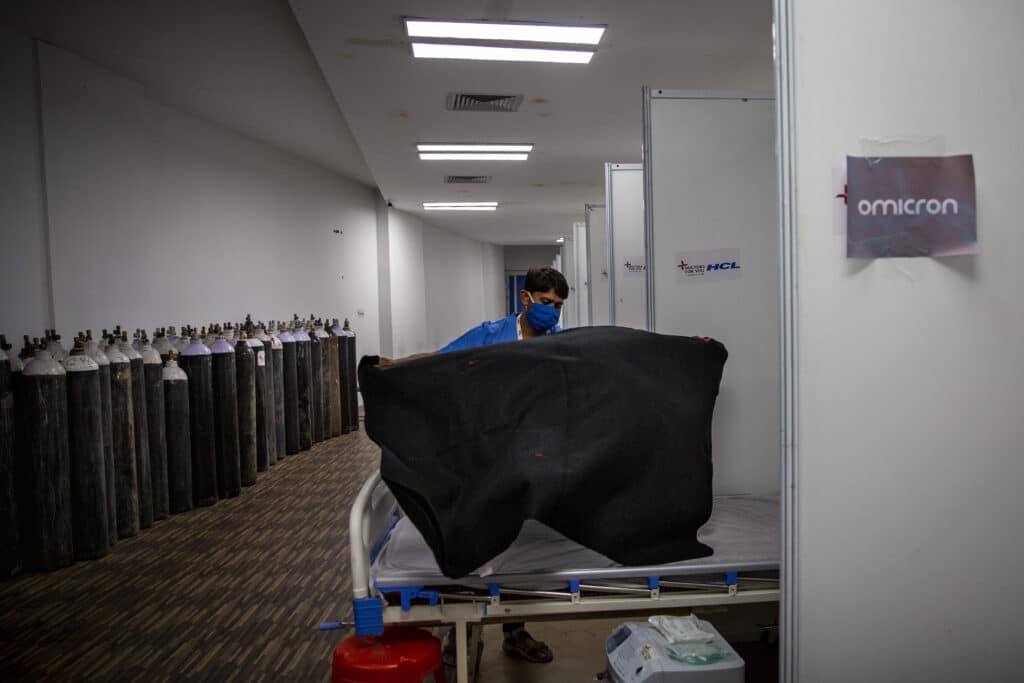
Some countries that relied on the Chinese vaccines are turning to others for boosters.
Thailand, which largely used Sinovac and Sinopharm, another Chinese vaccine, is offering booster shots of AstraZeneca or Pfizer. Indonesia, where Sinovac has been the mainstay of a campaign to vaccinate its 270 million residents, is offering a Moderna booster for health care workers. The government is also planning boosters for the general population in January, though it hasn’t said which vaccine.
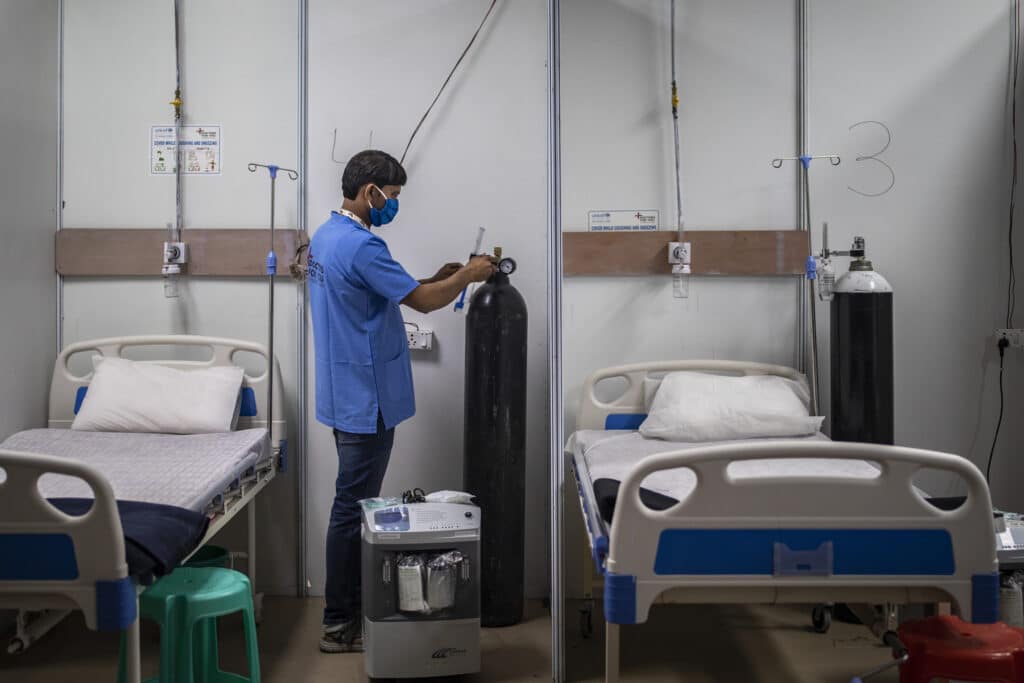
China’s attitude toward the virus, omicron or not, is to stop transmission in its tracks, and the country appears to be getting even tougher with the approach of the Beijing Winter Olympics in February.
Officials locked down the city of Xi’an, a city and administrative area of 13 million people last week, amid a delta outbreak that has infected hundreds of people. On Monday, they ordered everyone to stay at home until another citywide round of testing was completed.
Residents complained on social media about the sudden ban. Many were relying on instant noodles and other packaged food. Some worried how they would get enough food in the coming days, especially fresh vegetables.
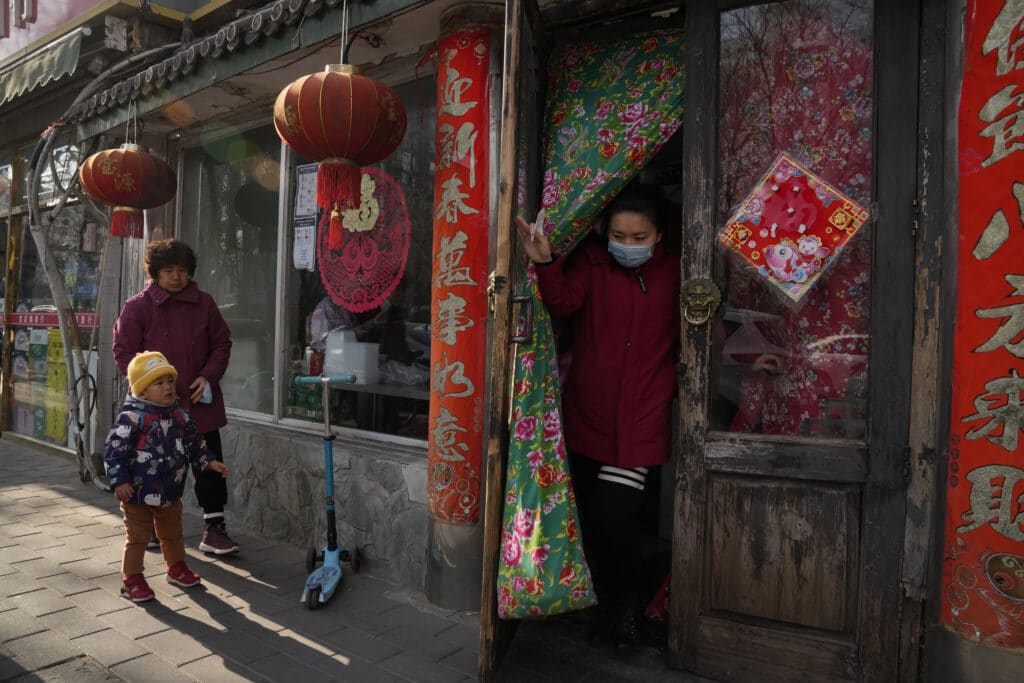
China quarantines those arriving from abroad for weeks, depending on the province, with three weeks being the most common.
How China’s zero-COVID-19 policy will play out at the Olympics is a major question. Athletes and visitors will not be allowed to leave the Olympic zones, and those attending such as officials, journalists and venue staff will be tested every day.
To contain a deadly delta-driven surge in South Korea, the government this month restored its toughest distancing rules with a four-person limit on private gatherings and a 9 p.m. curfew on restaurants.
Health experts predict it’s only a matter of time before omicron comes.
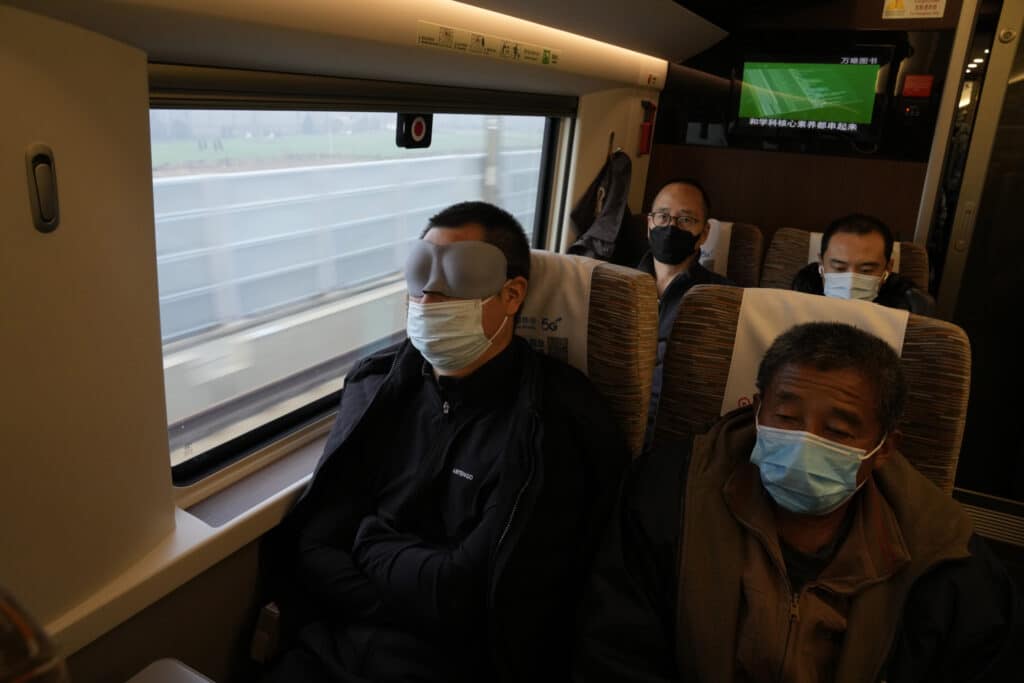
“Omicron has such a high transmission rate that it’s too obvious that it’ll become the dominant variant in South Korea at some point,” said Jaehun Jung, a professor at Gachon University College of Medicine in South Korea.
By HUIZHONG WU
Busaba Sivasomboon in Bangkok, Thailand, Jim Gomez in the Philippines, Edna Tarigan in Jakarta, Indonesia, Krutika Pathi and Rishabh Jain in New Delhi, Hyung-jin Kim in Seoul, South Korea, Mari Yamaguchi in Tokyo, Japan and Olivia Zhang in Beijing contributed to this report.






